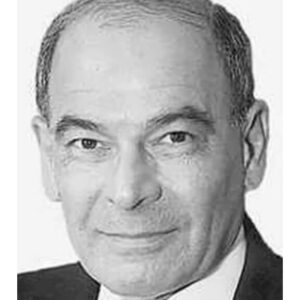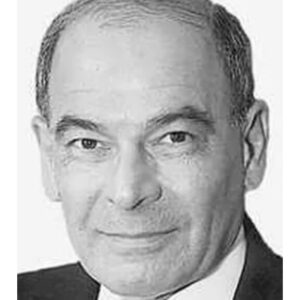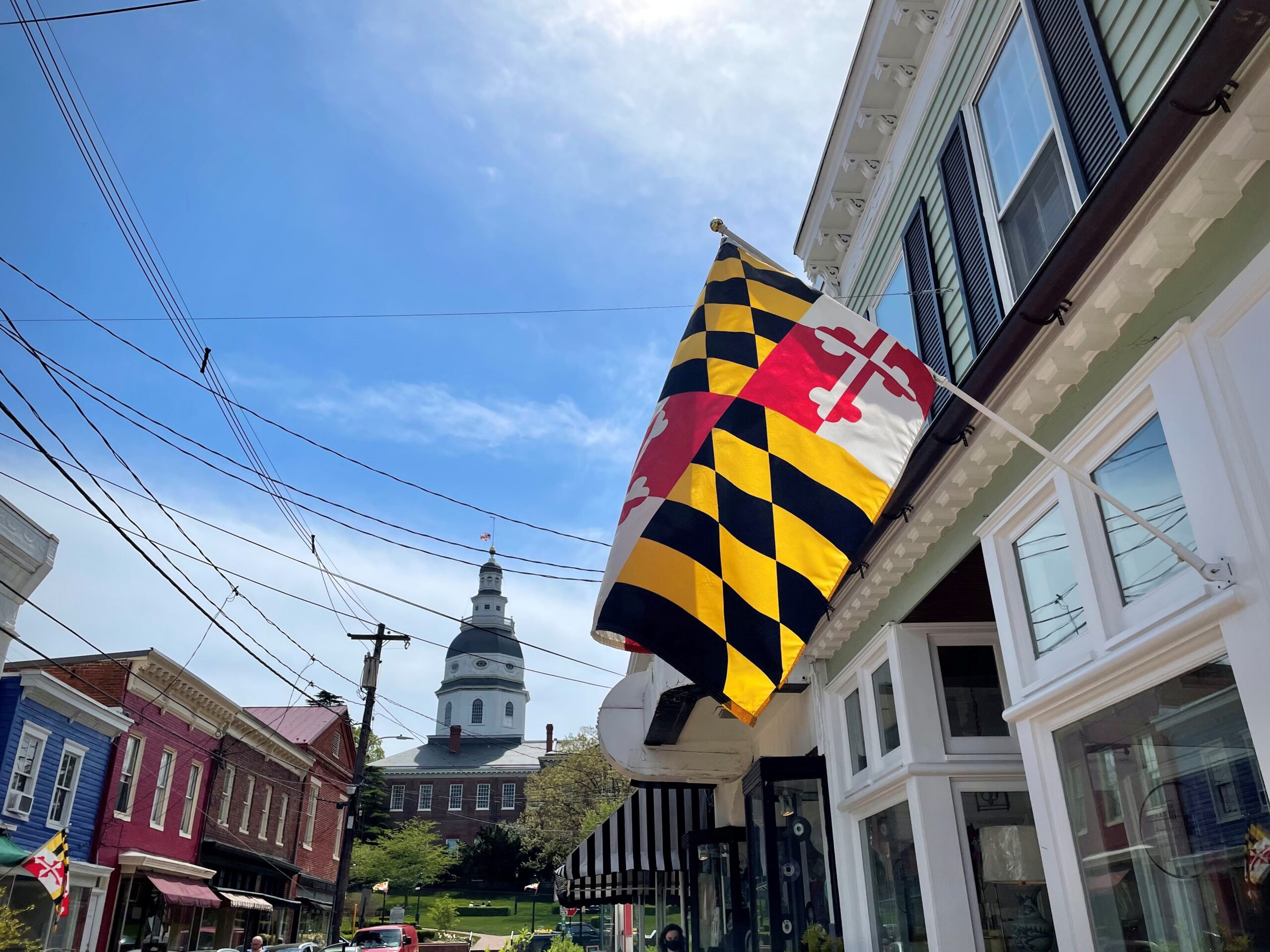Frank DeFilippo: Scramble Is on in Baltimore County
Baltimore County is really three counties co-existing as one – the eastside county which is made up of Democrats who vote Republican, the center of the county which actually is Republican, and the west side, which is young, Jewish and professional at one level, and heavily black on another, but overall liberal and Democratic.

Frank A. DeFilippo
Baltimore County is where Spiro T. Agnew got his start in local politics, first as a Democrat and then a Republican, as a PTA officer and zoning official on his way to county executive, governor, vice president before his fall from grace. Agnew followed not a bread crumb trail but a path of white envelopes.
Yet to give Agnew his due, his election in 1962 ushered in the new era of suburban politics which was evolving to subsume the urban political machines that had dominated industrialized states for nearly a century before the suburbs became havens for those on the move after World War II and the Korean War.
Until Agnew’s arrival at the county seat of Towson as executive, Baltimore County had been under the relentless thumb of Democratic political boss Michael “Iron Mike” Birmingham, who controlled county politics through his political machine like a benevolent despot.
It’s where Dale Anderson, as county executive, got caught with his fingers in the tambourine, and after doing penance in a federal hot house believed his subsequent election to the House of Delegates was vindication and redemption. Fred Dewberry served as country administrator while Anderson served time but was rejected by the voters when he ran on his own.
The county sent another former executive, Rep. C.A. “Dutch” Ruppersberger to Congress. And Baltimore County delivered the unkindest cut of all to another of its executives, Ted Venetoulis, who ran for governor in 1978 and failed to carry a single precinct in his entire home county after four years as its executive.
Governing Baltimore County is an intricate balancing act; trolling the county for votes is an equally complex exercise in human motivation. Kevin Kamenetz did both – four terms as a County Council member and two as county executive. And the odds are that he might have reprised the performance, in fact, was counting on it, but his untimely death at age 60 puts Baltimore County back in play in both the Democratic primary election on June 26 and even more so for the general election in November.
Few realize the enormity of Baltimore County. In sheer land mass, it was, at one point, and maybe still is, the 22nd largest county in the nation (many western states allow annexation mainly over water rights, so those counties expand unnaturally). Again, a few years back, Baltimore County had the fastest growing black population of any non-black county in the nation as blacks moved up the social ladder and out to the suburbs.
Many residents (voters) of Baltimore County are among those who fled Baltimore City over the past half century, and those of succeeding generations, because of racial issues, property tax relief but largely in search of better schools for growing families.
Demographics show that when people move they tend to move, more or less, in a straight line. City east-siders fanned out into Harford County and Eastern Baltimore County. And on the west side, as Jewish populations headed outwards to Pikesville, Owings Mills and beyond, blacks leapfrogged along Liberty Road., as far out as Randallstown and now into the new town centers and housing clusters in Owings Mills.
In addition to the lush greenswards of “the Valley” and an abundance of single-family homes spread out on measured lawns in Timonium and Lutherville, Baltimore County has its share of Section 8 housing as well. Parts of Cockeysville contain sprawling tracts of garden apartments whose admission ticket is a government voucher.
Tracking north on a GPS, the county begins at the city line on North Charles St., at around Lake Ave., and extends all the way up to the Pennsylvania border. To the west it butts against Carroll County, and to the east, it ends at the water’s edge, along the Redneck Riviera of Middle River, Dundalk and Essex.
Into this diverse demographic and economic mix of suburban clutter come the seven remaining candidates for governor – six Democrats and one Republican – reaching for the pieces that Kamenetz leaves behind – a total voter pool of 461,891, including 271,502 Democrats, 126,894 Republicans and 62,303 unaffiliated, among scattered others.
Unsettled yet is what will happen to Kamenetz’s slot on the ballot and his running mate for lieutenant governor, Valerie Ervin, a former Montgomery County Council member. Ervin has until May 17 to designate a new running mate for governor or to assume the resume upgrade herself. And there’s also the campaign money Kamenetz had accumulated, the most of any Democratic candidate, including the million dollars that was set aside for television ads.
Kamenetz consistently placed second or third in most polls, running nip and tuck with Prince George’s Executive Rushern Baker and former NAACP President Ben Jealous. Kamenetz’s status as a numerical contender was measurable because of his grip, or popularity, on Baltimore County politics and, at this stage in the polls, his easily recognized presence. Kamenetz’s death leaves only two Democrats among the six contenders that have experience in elective office – Baker and Sen. Richard Madaleno Jr., of Montgomery.
No other Democrat among the remaining six candidates can match Kamenetz’s vote-pulling power in Baltimore County, among the most populous in the state and one of two – along with Montgomery – that form the fulcrum on which statewide elections turn. For in truth, no other candidate has an inroad, let alone a base, in Baltimore County.
The blue streak that forms the backbone of the Democratic Party in Maryland meanders along I-95 from Montgomery and Prince George’s Counties to the south, through Howard County and Baltimore City, and ends to the north in Baltimore County.
Baltimore County, for example, provided the thrust that helped Democrat Martin O’Malley defeat Republican Robert L. Ehrlich Jr. in his home county 2006. And it was there that Gov. Larry Hogan (R) racked up his victory over now Rep. and then Lt. Gov. Anthony Brown (D).
To add to the muddle, both parties are hosting contested races for county executive, an open seat as Kamenetz was term-limited. And the spillover will continue into the general election, which will help determine the size of the vote in any of the three demographic slices of the county, perhaps contributing to the “Blue Wave” Democrats are anticipating to unseat Hogan. Kamenetz leaves an estate of functions. Among them would have been his effect on the size, intent and result of Baltimore County’s vote. It is now uncertain.



 Creative Commons Attribution
Creative Commons Attribution